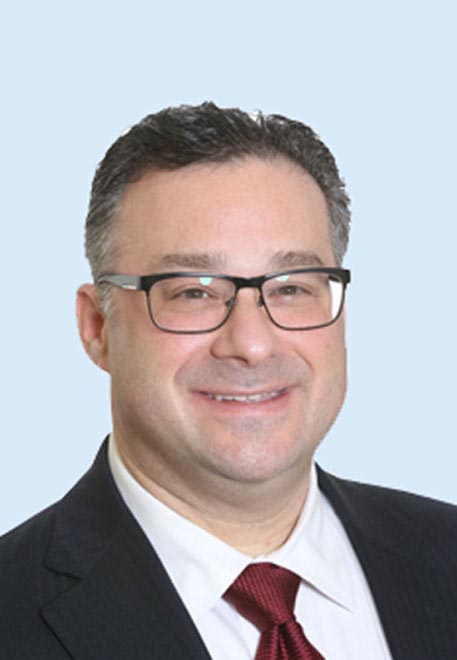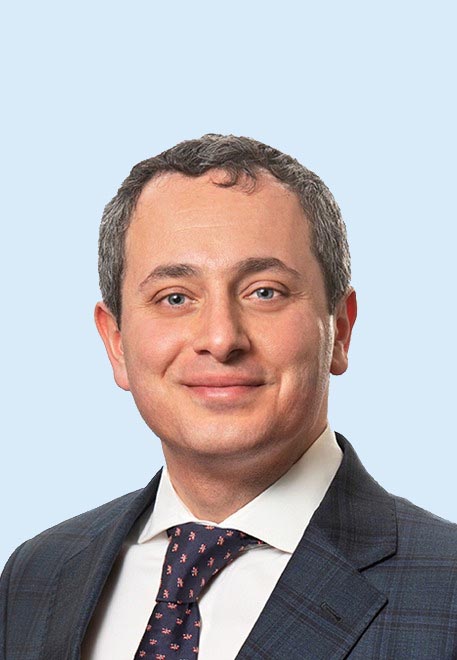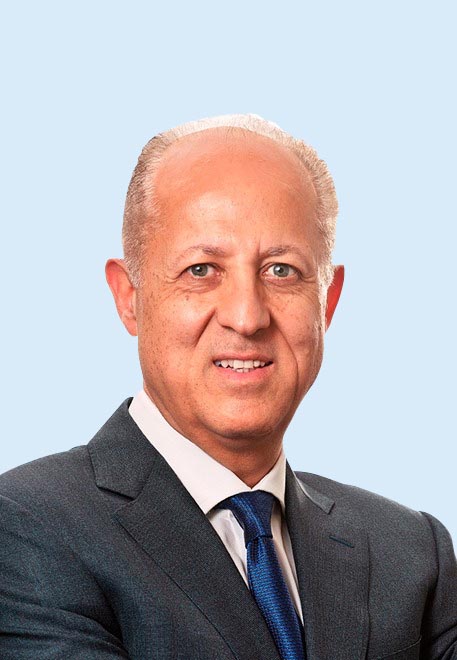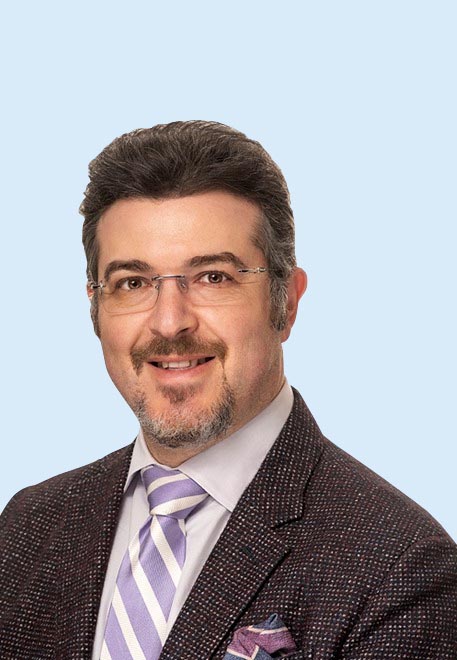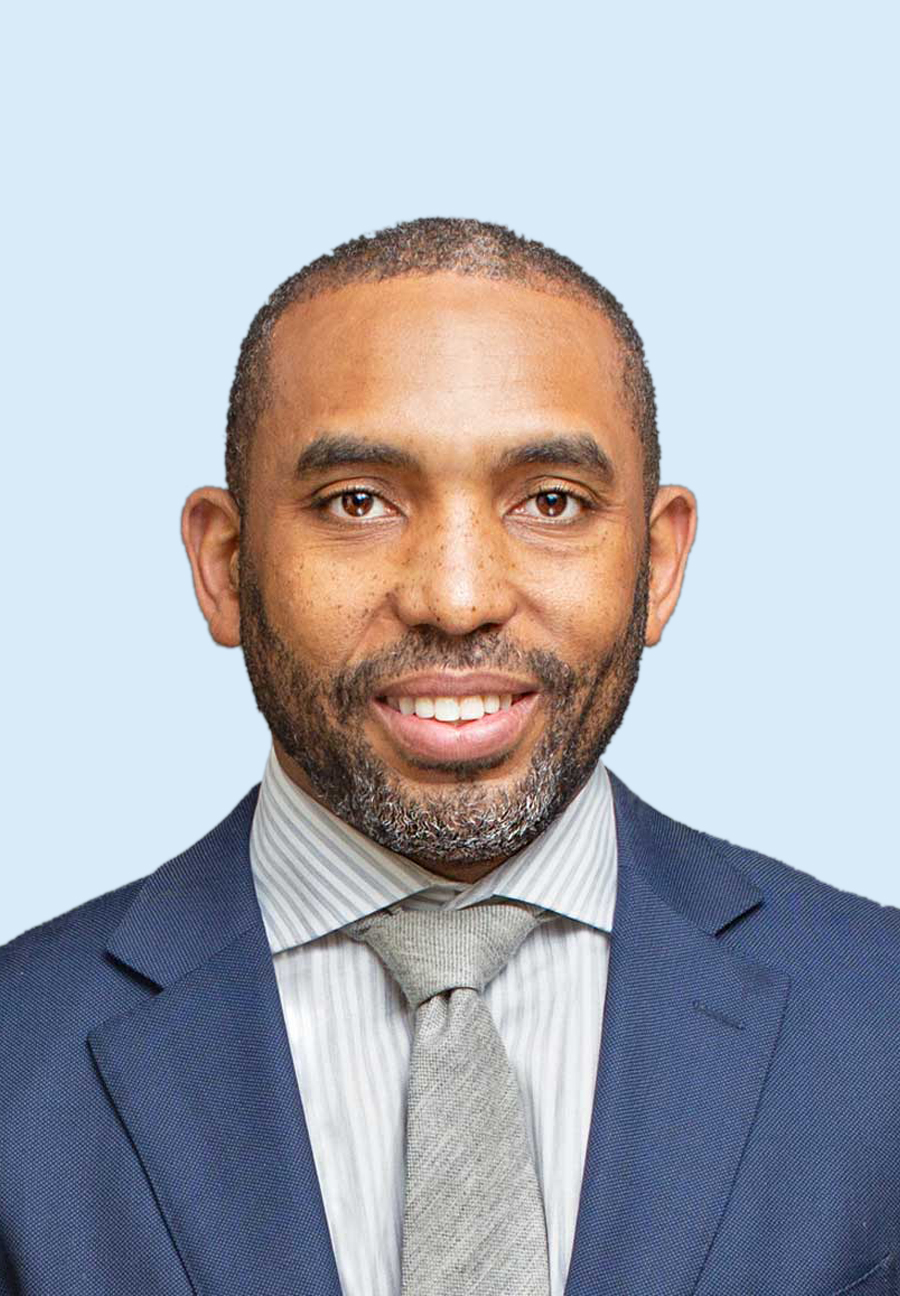- PATIENT FORMS | REQUEST A CONSULTATION | CONTACT US
- 1-844-NSPC-DOC
Herniated Discs
What Is a Herniated Disc?
A herniated disc occurs when the soft, spongy cushions (called discs) between the vertebrae tear and the inner gelatinous material leaks out (herniate). The annulus fibrosus is the exterior layer of a spinal disc. The nucleus pulposus is the interior disc material.
Although herniated discs can occur in the thoracic region (upper back) or in the cervical region (the neck), the lumbar (lower back) portion of the spine is the most susceptible due to the twisting and lifting that it does.
A variety of terms are used to label a herniated disc including slipped disc, bulging disc, torn disc or ruptured disc—just to name a few.
Causes & Symptoms of Herniated Discs
The leaking fluid from the nucleus pulposus can irritate and inflame neighboring nerves, causing pain to radiate along the nerve path. If a lumbar disc is involved, the pain can travel down the leg, called sciatica. Sometimes the protruding inner disc substance presses on a nearby nerve causing a pinched nerve.
Herniated discs in older patients are often due to the aging process, or disc degeneration. The ligaments’ strength declines and a seemingly small strain or minute rotating motion can cause a disc to rupture.
Symptoms depend on where your herniated disc is located. Not all herniated discs have back pain symptoms; some can be asymptomatic (no symptoms.)
Cervical disc herniations may have symptoms affecting the neck and arms:
- A dull ache to a biting pain
- A stiff neck
- Pain can radiate to hands or fingers and along the arms
- Numbness or prickling sensations
Thoracic spine herniations seem to have the fewest symptoms. But when there are symptoms, they generally occur below the site of the disc trouble:
- Tingling or numbness
- Muscle weakness in the legs
- Coordination and balance issues when walking
- Bladder or bowel issues
- And in more serious cases, leg paralysis
Herniated lumbar disc symptoms generally affect the lower back and legs:
- Sciatica, leg pain that travels down the sciatic nerve
- Pins and needle sensation or numbness
- Weakness in the leg or foot
- Drop foot—or dragging of the foot due to muscle weakness
- Loss of bladder or bowel control
- Any of the symptoms above can be from a number of other spine conditions, so having a physician who specializes in spine conditions is key to a correct diagnosis.

How Are Herniated Discs Diagnosed?
As with any accurate medical diagnosis, your doctor will need to review your medical history. A physical exam may include testing your muscle strength, nerve functionality and palpating areas along your spine to determine where your pain originates.
Sophisticated diagnostic tests such as
- Computed tomography (CT) scans
- Radiographic assessments
- Myelogram (a contrast dye injected into your cerebrospinal fluid to identify impingement of the disc onto nearby nerves) or discogram (contrast dye injected into the spinal disc in conjunction with X-rays or a CT scan)
may be used alongside magnetic resonance imaging (MRI) scans to give your physician a complete picture of your spine health.
State-of-the-Art Treatments for Herniated Discs at NSPC
Depending on the cause of your herniated disc, along with other factors, initial treatment may include taking it easy and medications to control the pain.
If, after a period of time, more conservative treatments have failed to bring you relief, you may be a candidate for surgery. NSPC’s highly-trained neurosurgeons perform the most up-to-date minimally invasive and open spine procedures for common spine disorders such as herniated discs, to severe conditions that include spinal tumors.
A range of surgical options are available at NSPC Brain & Spine Surgery (NSPC) (NSPC) to treat herniated discs, contingent on your needs.
Types of Treatments
Artificial Disc Replacement During this procedure, the neurosurgeon removes a diseased or torn disc and inserts an artificial disc to help maintain spine mobility and height.
Spinal Fusion This surgical treatment stabilizes the spine by joining (fusing) two or more vertebrae together.
Microdiscectomy A microdiscectomy uses a specialized microscope to remove a damaged disc, by using smaller tools and tinier incisions the recovery time is shortened than with regular surgery.
Micro Endoscopic Discectomy A micro endoscopic discectomy utilizes a narrow, specialized tubular device to clear away portions of the damaged disc so the impinged nerve can return to its normal place.
Laminectomy If the bony growth of the lamina is pressing on your spinal cord causing pain along with a herniated disc, a laminectomy (removal of part of the lamina) may be recommended in conjunction with a discectomy.
NSPC’s team of New York spine specialists are here to help with your back or neck pain. Contact us today and we can start the process with a consultation at one of our Long Island or NY area locations, with the right doctor.

Related NSPC Center
Spine Center
Don’t let mobility issues and neck or back pain stop you — NSPC offers exceptional rehabilitation and pain management for your spine disorder. Our team of expert doctors focuses on sophisticated diagnostic techniques, individualized treatment plans, and quality care to help you get your life back, sooner.
Physicians
Connect With Our 7 Convenient Locations
across Long Island, NY
Our expert physicians, surgeons and doctors are ready to serve you at our 7 convenient locations across Long Island, NY. Connect today to learn how our award winning, world class experts can help.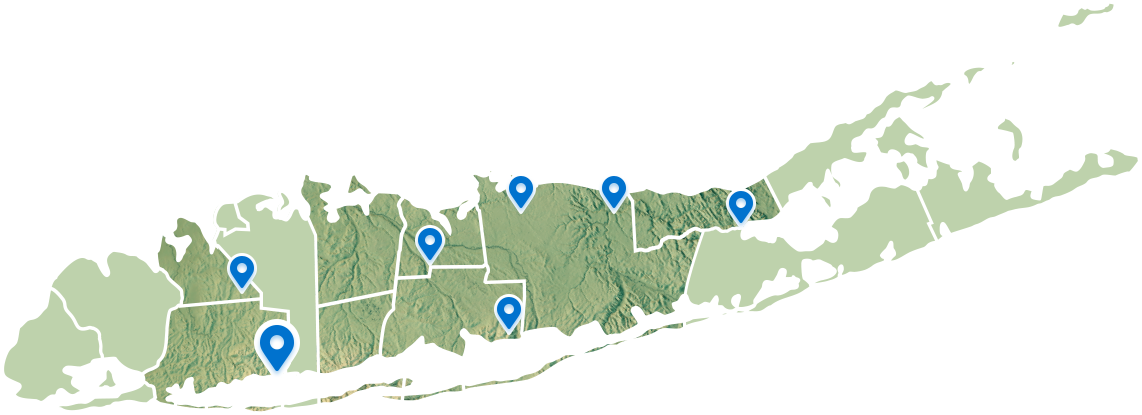
4250 Hempstead Turnpike Suite 4,
Bethpage, NY 11714
(516) 605-2720
COMMACK
353 Veterans Memorial Hwy,
Commack, NY 11725
(631) 864-3900
One Hollow Lane, Suite 212
Lake Success, NY 11042
(516) 442-2250
MANHATTAN
215 E. 77th Street Ground Floor
New York, NY 10075
(646) 809-4719
EAST SETAUKET
226 North Belle Mead Road, Suite C
East Setauket, NY 11733
(631) 828-3001
100 Merrick Road, Suite 128W
Rockville Centre, NY 11570
(516) 255-9031
WEST ISLIP
500 Montauk Hwy
West Islip, NY 11795
(631) 983-8400
World
Class
Expertise
For over 50 years & 350,000 patients NSPC has been a trusted global medical leader.
Contact us today for an appointment or consultation.


